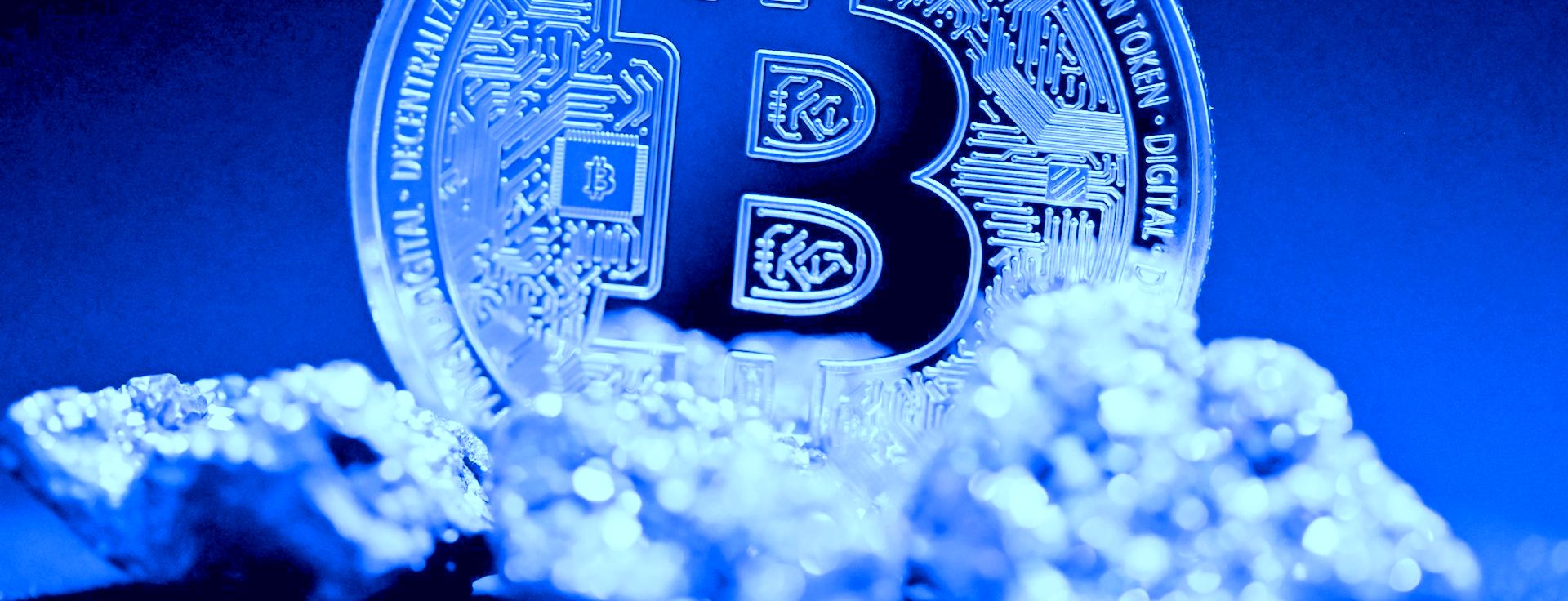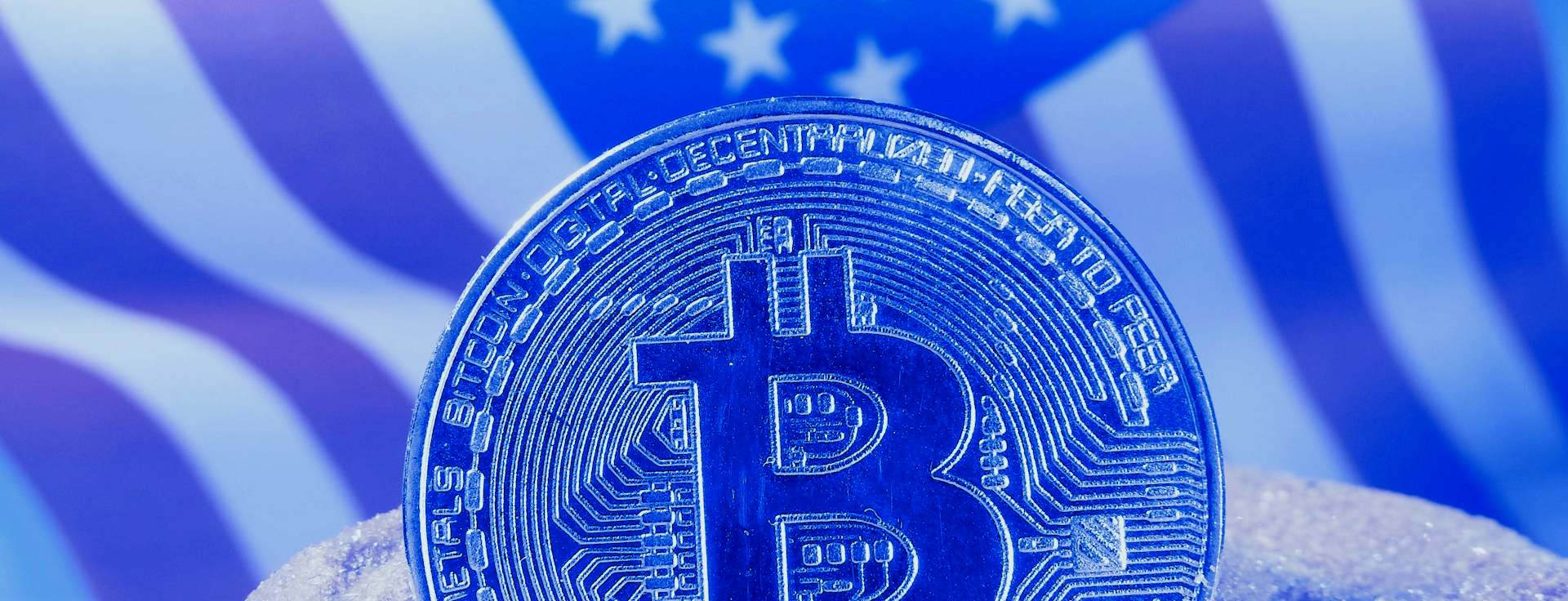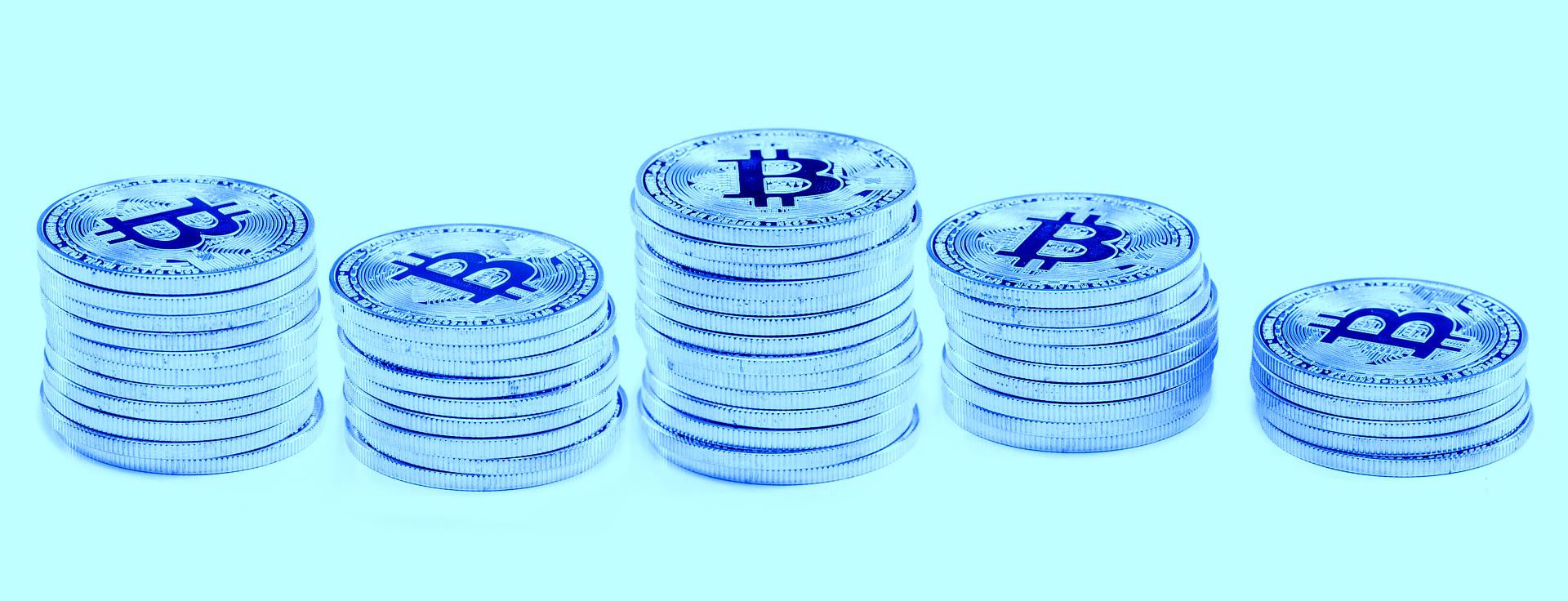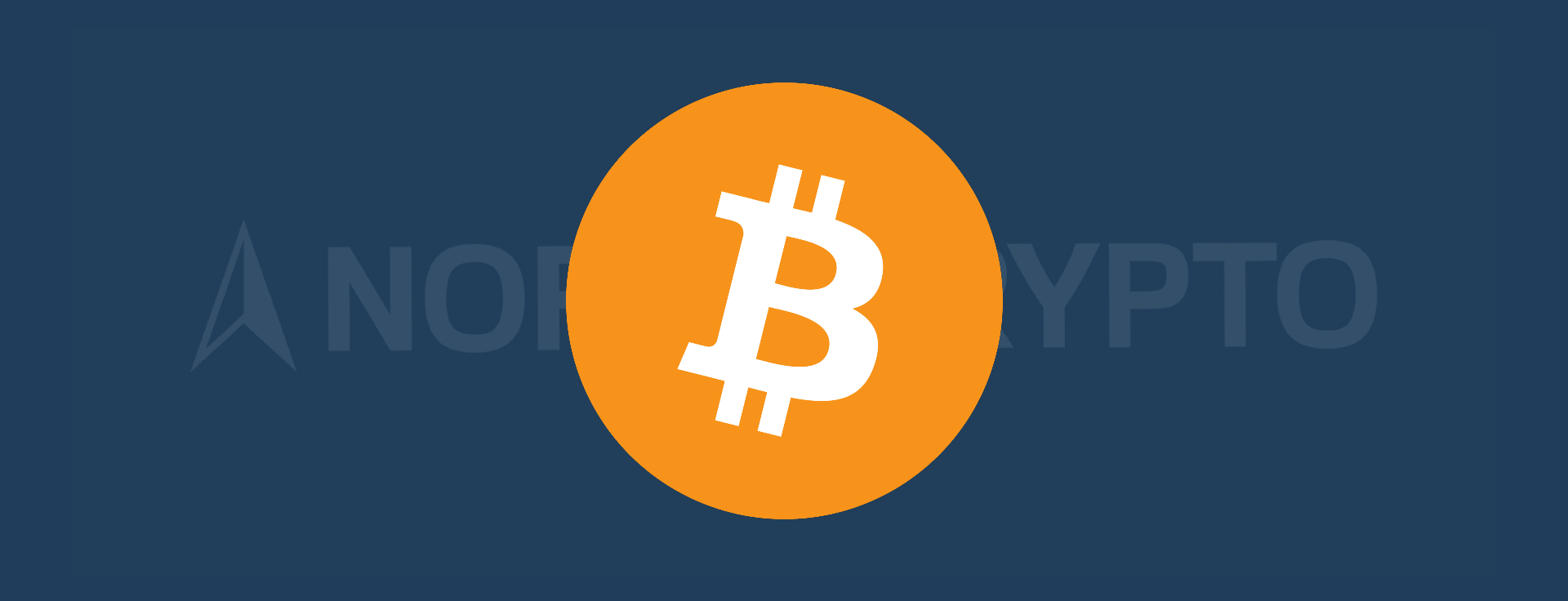Differences Between Bitcoin and Gold
Bitcoin
Bitcoin has increasingly been referred to as digital gold in recent years. How similar are Bitcoin, which exists only in digital form, and gold, a precious metal used for thousands of years? This text compares Bitcoin and gold from seven different perspectives.
What is Bitcoin?
Bitcoin is the first and largest cryptocurrency by market capitalization. Bitcoin operates on a decentralized blockchain. The Bitcoin blockchain has its own currency, bitcoin. The maximum number of bitcoins is capped at 21 million, and new bitcoins are created through mining. In mining, Bitcoin miners compete with computational power to add the latest Bitcoin block to the blockchain.
What is Gold?
Gold is a chemical element. Gold has been used for thousands of years as a medium of exchange and as material for coins and decorative items. However, gold is best known today as an investment that retains its value well and serves as a safe haven. For this reason, gold is also held by many countries.
Use Cases
Bitcoin can be used as a store of value and as a digital currency. Due to its relatively short history, Bitcoin has established itself as a store of value among a relatively small audience. The trend, however, looks promising, and Bitcoin has increasingly been referred to as a store of value and digital gold in recent years. As a globally operating digital currency that functions 24/7, Bitcoin has proven its effectiveness over its slightly longer than 15-year history. The number of transactions conducted on the Bitcoin network surpassed one billion in May 2024.
Gold's use cases include acting as a store of value as well as use in decorative items and electronics. Over its long history, gold has established itself as perhaps the most well-known store of value and safe haven asset. Gold performs well, especially in times of uncertainty, resulting in a low correlation between gold prices and, for example, stock markets. Additionally, gold is the most popular precious metal for decorative items and is also used in electronic devices. According to several estimates, about 80 percent of gold's price is based on its monetary value, with 20 percent based on its use value in items like decorative items and electronics.
History
Bitcoin was introduced in a white paper published in October 2008 by Satoshi Nakamoto, the creator of Bitcoin, which outlined Bitcoin's operating principles. Bitcoin began operating on January 3, 2009, when the first block of the Bitcoin blockchain, the genesis block, was mined.
Gold has a long history, with the first human-made gold artifacts dating back to over 4,000 years BCE in Eastern Europe. Gold was first used as a means of payment around 1,500 years BCE in Egypt. Gold served as at least a partial basis for the international monetary system from approximately 1870 to 1970.
Storage
Storing Bitcoin is easy and inexpensive, as bitcoin can be stored in a cryptocurrency exchange or in a personal cryptocurrency wallet. Storing bitcoin in an exchange like Northcrypto is free, and after purchasing bitcoin (from Northcrypto), users don't need to take any further action. Software-based cryptocurrency wallets are generally free, while hardware wallets typically cost around 50–200 euros.
It is possible to store gold in the form of a gold bar in your own home, for example, but this carries its own security risks. Gold can also be stored in a bank vault, for example, or in the possession of another trustworthy party. In such cases, there is usually a monthly or annual charge for storing the gold.
Transfer
Bitcoin can be transferred anywhere with internet or satellite access in seconds, with final confirmation of the transfer taking about an hour. The cost of transferring bitcoin on the Bitcoin network ranges from a few cents to a few euros, depending on network activity. "Moving" bitcoin around the world can be done by simply memorizing 12 or 24 words.
On average, moving gold is quite challenging and expensive. Larger shipments, in particular, place high demands on both safety and equipment. The challenges of transporting gold were also a key reason for the shift in the 17th century to a more widespread use of paper money representing gold instead of gold.
Rarity
The maximum number of bitcoins is capped at 21 million. This fixed maximum makes bitcoin a rare investment. As of June 2024, about 19.7 million bitcoins are in circulation, just under 94 percent of the maximum amount. New bitcoins are created at a predetermined rate, which halves approximately every four years during a halving event. Following the halving in April 2024, new bitcoins are being produced at an annual rate of about 0.85 percent.
The rarity of gold is a little more complicated. There is a limited amount of gold on Earth, but in space, there is many times more gold than on Earth in asteroids, for example. However, given the limited amount of gold on Earth, gold can be considered rare on Earth, at least at the current level of technological progress. Gold has been mined at an annual rate of about 1.8% over the last ten years.
Verifiability
Verifying the authenticity of bitcoins is relatively easy. Bitcoin authenticity can be verified simply by sending bitcoin to one's cryptocurrency wallet. The transaction can then be checked, for example, using the Mempool blockchain explorer. Verification is also possible by running one's own Bitcoin node. In addition to verifying the authenticity of bitcoins, the number of bitcoins in circulation is also easily verifiable.
Verifying the authenticity of gold is relatively difficult and expensive. For example, if you own a gold bar and want to verify for yourself that it is entirely (or more than 99.9%) gold, in practice this requires special equipment designed for gold authenticity testing. Otherwise, the authenticity of a gold bar must rely on the word of a third party. It is also not possible to get very accurate information on the amount of gold in existence.
Divisibility
Bitcoin can be divided into very small units, making it possible to own and transfer small amounts. Each bitcoin is divisible into 100,000,000 units, meaning the smallest amount of bitcoin is 0.00000001 bitcoin, known as a satoshi. As of June 2024, 1 satoshi is worth about 0.0006 euros, less than one-tenth of a cent.
The smallest amount of gold that can be reasonably handled by hand is a 1-gram gold bar, which is about the size smaller than a fingertip. 1 gram of gold costs around €70 in June 2024, so gold does not divide reasonably small in euro terms. It is therefore not possible to make small payments with gold.
Summary
As can be seen from the comparison in this text, Bitcoin and gold differ in all the characteristics discussed in the text. Gold's absolute strength is its long history, as a result of which it has established itself as a known store of value and a safe haven in the eyes of individuals and governments alike. In addition, gold is in demand for its use in decorative items and electronic devices. The strengths of Bitcoin include easy and inexpensive storage, fast and cheap global transfers, a predefined monetary policy with a maximum number of 21 million bitcoins, easy authentication of bitcoins, and good divisibility.
Ville Viitaharju
Cryptocurrency specialist
Last updated: 11.06.2024 16:00



